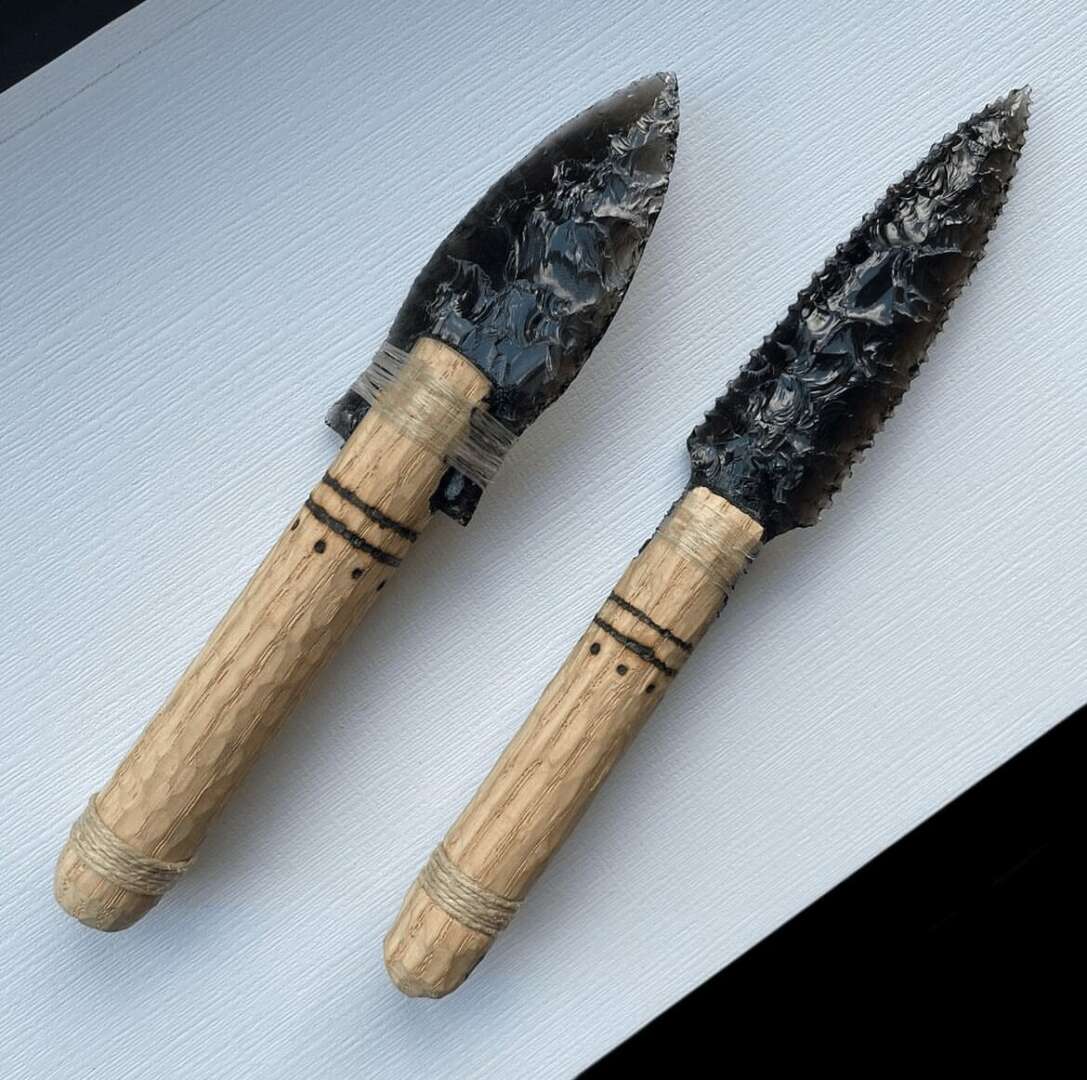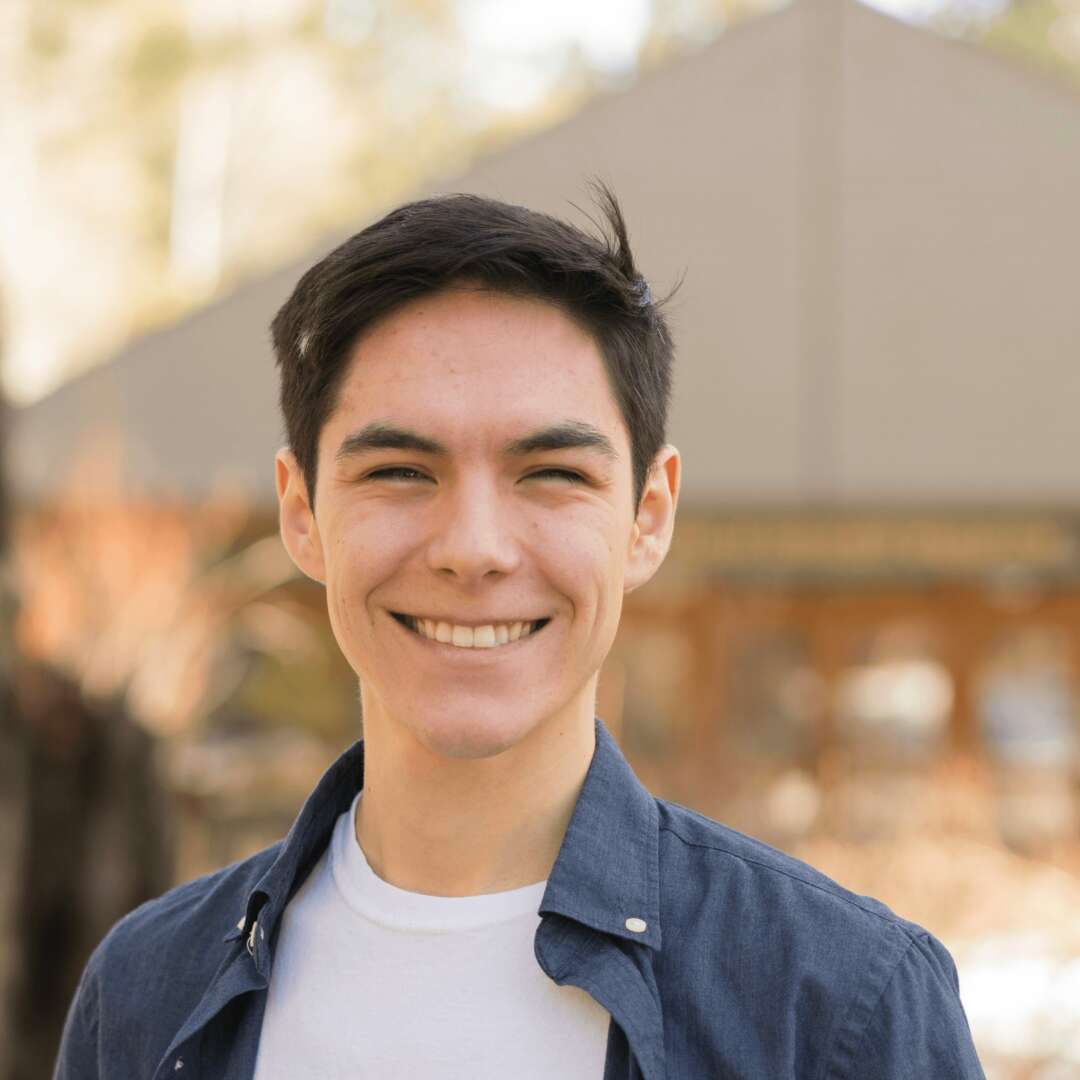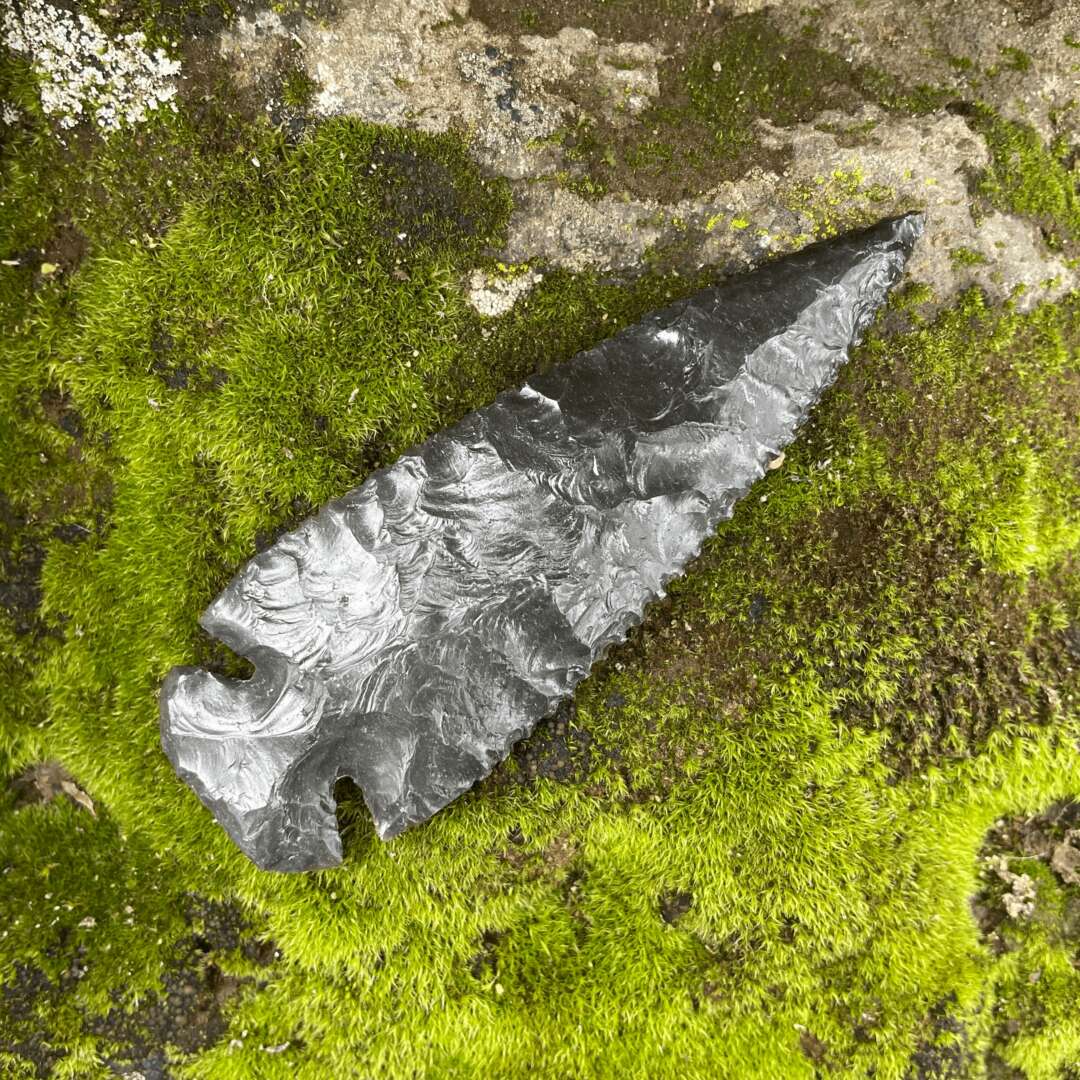We caught up with the brilliant and insightful Jacob Juarez a few weeks ago and have shared our conversation below.
Hi Jacob , thanks for joining us today. Learning the craft is often a unique journey from every creative – we’d love to hear about your journey and if knowing what you know now, you would have done anything differently to speed up the learning process.
I learned to flintknap by failing at it. Like many skilled crafts, failure should be expected, and with flintknapping it is guaranteed. From a young age, I’ve always loved testing myself in creating things with materials the land provides. In my latter years of college, an archaeology course covered the development of stone tools. My professor, like many archaeologists, taught himself to flintknap to better understand the process. Before then, I felt that making arrowheads and other tools from stone or obsidian was far above my reach. After studying the high-level mechanics of lithic reduction, all of a sudden the craft felt accessible. So, with my wife’s gracious permission and a cobbled-together tool kit, I broke into a chunk of obsidian we had used for display and ended up with only broken pieces (I have since replaced this display piece). It wasn’t long before I appreciated that, yes, glass is easy to break, but to have it break as desired requires not only precision but an intimate understanding for how obsidian behaves. There are no shortcuts to getting acquainted with this behavior. Some excel quickly while others may need more time in practice. For me, I wish I slowed myself down early on and paid more attention to how the obsidian responded to my actions. Patience of course is essential to learning flintknapping, and not only for yourself but for the material also. I’ve found this to be the biggest obstacle in learning the craft, namely that I don’t get to make the rules. I find that I can produce a finished product as desired, with minimal mistakes, when I approach the material with respect, humility, and gratitude instead of imposing my own will on the obsidian. It has its own rules and a will of its own, and will decide in large part what shape it will take in the end.
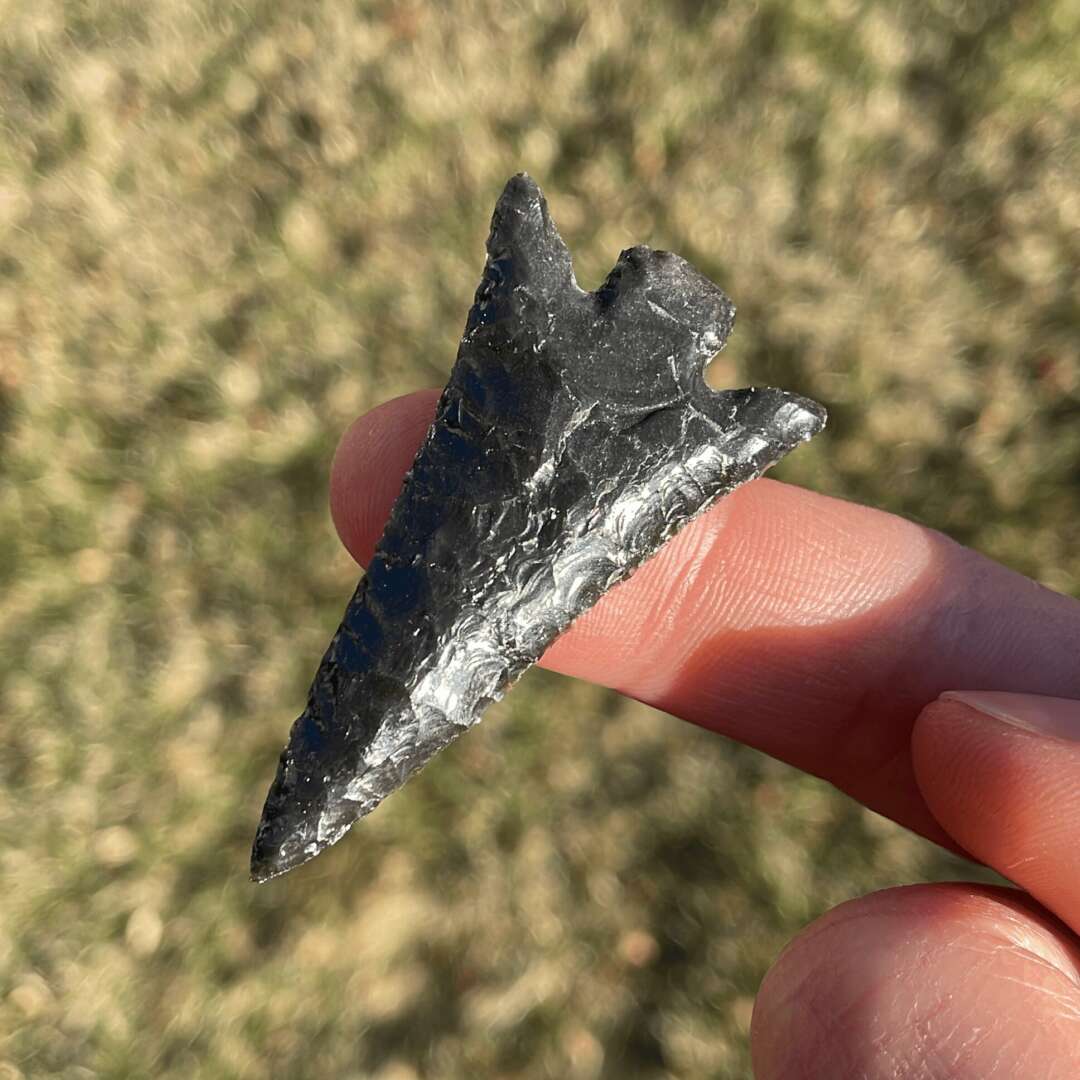
Jacob , love having you share your insights with us. Before we ask you more questions, maybe you can take a moment to introduce yourself to our readers who might have missed our earlier conversations?
I was fortunate enough in my childhood to have spent many hours among the stones, trees and waters of Central Oregon. This, with my passion for understanding rarely-taught aspects of human history, prompted me to pursue a working knowledge of basic prehistoric tool crafting. This is because, for millennia, it’s been one of the primary ways humanity has related with the world around them. Like I mentioned before, my academic (and amateur) studies were a strong support for these interests, and my relationship to the land attributes deeper meaning to the materials I fashion. With all my works, I seek to honor the land that reared both myself and the materials I use.
I make lithic tools for both display and function: arrowheads, knives, spearheads, axes; you name it. I enjoy making custom pieces for folks with unique visions, or chipping out a batch of ready-made hunting arrowheads. I also continually seek new skills to learn. I’m currently working on my second handmade bow (another fast way to get humbled). I am most proud of watching myself become accomplished in such seemingly abstract skills. I can become discouraged easily after repeated failure (who doesn’t?), which is part and parcel in this line of work. Real perseverance is required, and I am proud to have discovered I’ve had enough to get me to where I am today. I am also inexpressibly grateful for the vast community of men and women who so generously share their knowledge with learners like me. If it wasn’t for their open-handedness in sharing technique, or their genuine encouragement of and excitement for my work, I’m certain I would’ve quit the path a while ago. I also owe my success to a great many friends and loved ones who’ve never ceased in their support.
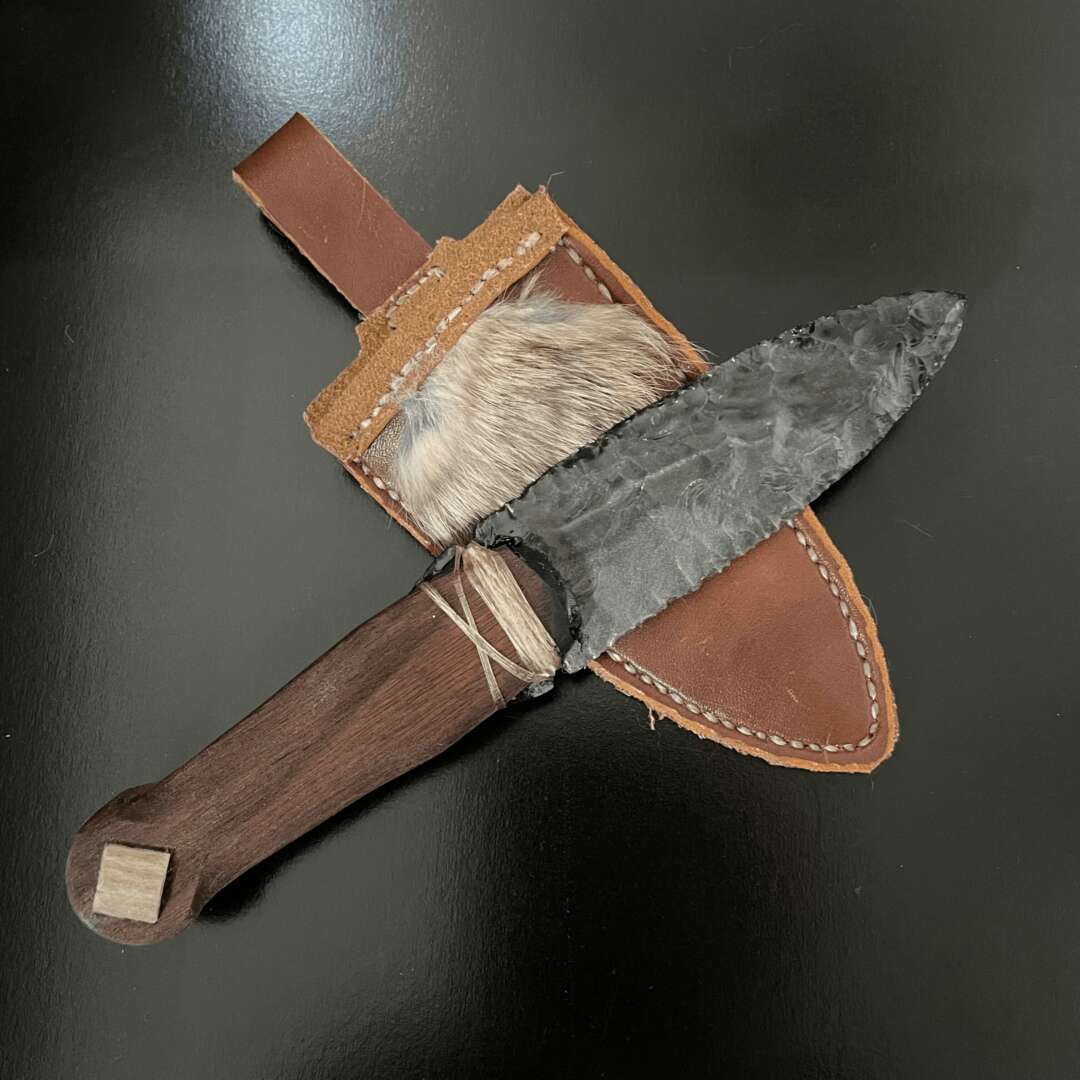
What do you think is the goal or mission that drives your creative journey?
Through my craft, I hope to inspire others to rethink their relationship with the places they inhabit and to learn more about our shared legacy of material culture as humans. Why are arrowheads and other stone tools such meaningful symbols for us today? While many of my works make great display pieces, my greatest interest is in creating practical tools with a real function. Because many of us rarely have need for a stone knife or arrow in our daily lives, my crafts serve as a reminder that, over the broad span of human history, it is only very recently that our basic biological needs can be met by using a rectangle of plastic at the local Safeway. What then did it mean to our ancestors to have a self-made, well-sharpened stone tool ready at hand? It meant, at least, that to sustain life one must recognize their inherent relationship with the living world around them; that there is no separation between them.
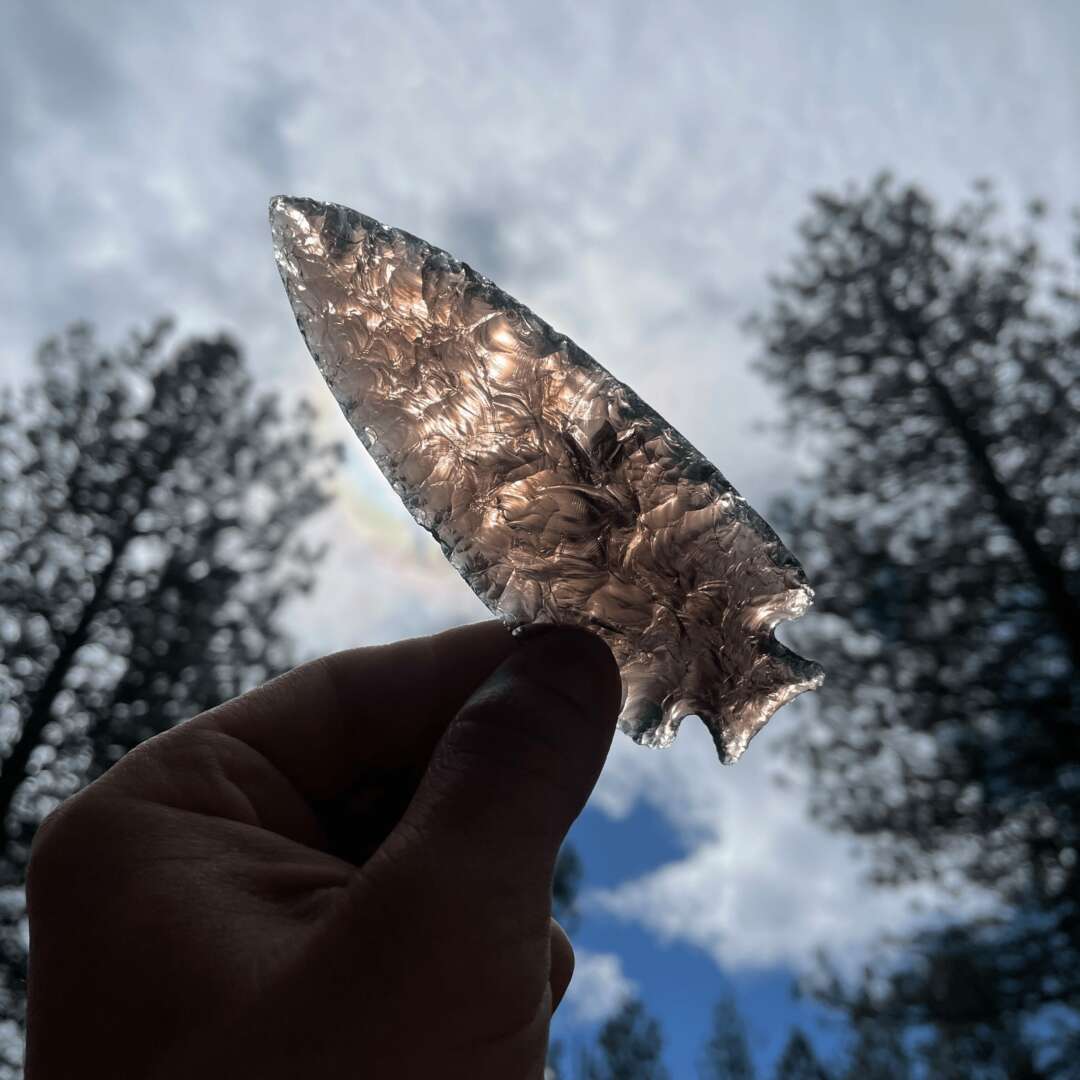
For you, what’s the most rewarding aspect of being a creative?
Among the most rewarding aspects of this craft is its capacity for highly elemental self expression. It’s just me and the rock, wood or antler. Acquiring obsidian and other natural materials directly from the earth, and reshaping them to serve a particular function, scratches an itch in the most fundamental parts of my brain. These things are beautiful in their own right, without my intervention, and getting to pour my spirit into objects that are both pleasing to the eye and have real utility shows me I have a real place in this world. These skills also, by nature, imply the need to learn others. Like I mentioned before, flintknapping has pushed me to take on other projects like bow-making, leatherwork, or developing just the right recipe for pine-pitch glue. These are only really learned through experience, and I’m grateful to be pushed further every day. Hand in hand is the opportunity to meet with other creative folk who share my love for breaking rock and for humanity’s deep history. It may sound a bit corny, but those that shape stone or obsidian are themselves being shaped. Indicative of their work, they are one of the most patient, fun-loving, and inclusive communities I’ve been a part of and I can’t wait to make more connections!
Contact Info:
- Instagram: @jnjknappedcrafts
- Linkedin: https://www.linkedin.com/in/jacob-juarez-3b3923126

